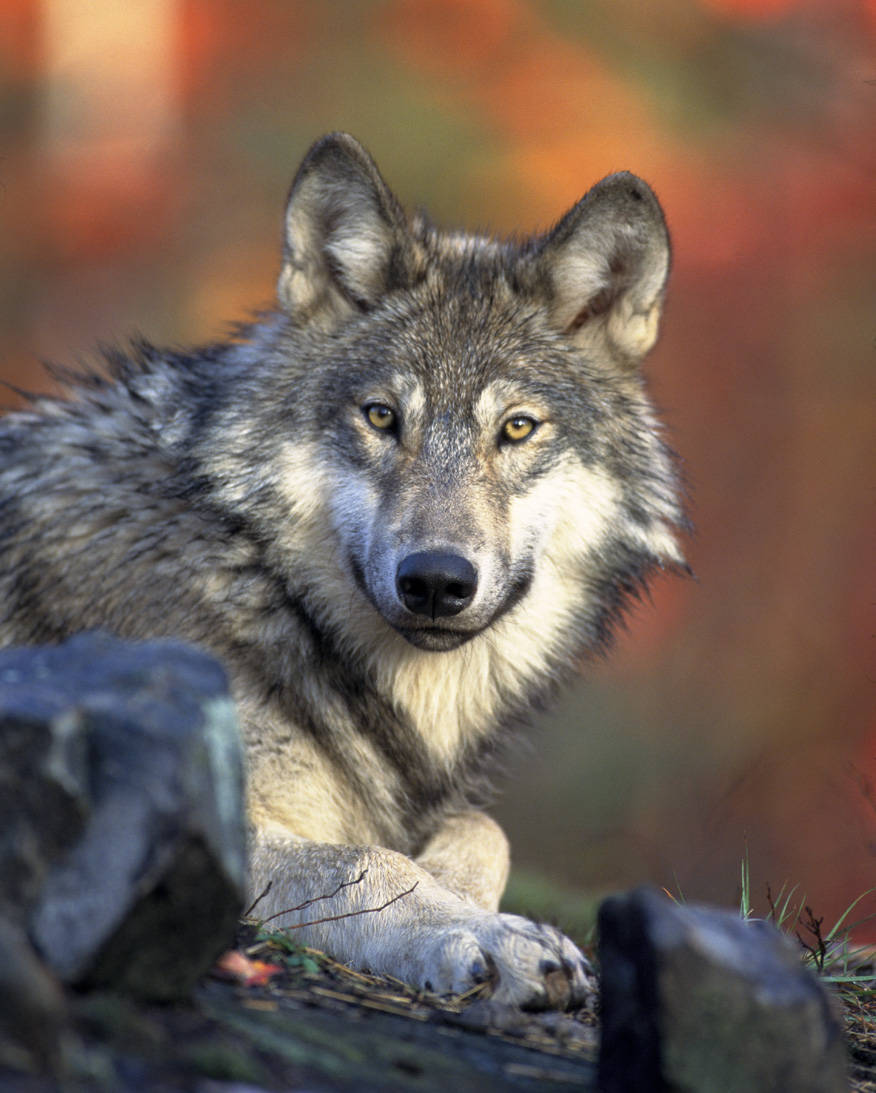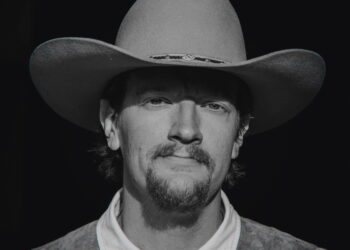
By Todd Wilkinson EBS ENVIRONMENTAL COLUMNIST
As a globally renowned scientist, Andy P. Dobson specializes in studying a topic that most people don’t like to think about, but which is titillating nonetheless: diseases that make both people and animals sick.
From his office in the Department of Ecology and Evolutionary Biology at Princeton University, Dobson has partaken in major research efforts, mentored some of the biggest young thinkers in conservation biology, and served on advisory panels examining disease outbreaks in animals.
In the Lower 48 states, nothing rivals the Greater Yellowstone Ecosystem in terms of large wild animals moving across it and sharing terrain with non-native domestic animals that haven’t really been here that long.
Recently, I was able to catch up with Dobson and have a conversation.
Todd Wilkinson: Our mutual friend, Bozeman-based writer David Quammen, explored this subject in his book “Spillover: Animal Infections and the Next Human Pandemic.” Why should inhabitants of the modern world be paying attention to diseases that can spread from wild areas to people/livestock and vice versa?
Andy Dobson: I’ve watched what can happen.
TW: You are fascinated by how diseases can become virulent and how pathogens can jump species. We have several that fall into the worrisome category in Greater Yellowstone. Tell us about your interest.
AD: I worked on a bunch of emerging disease problems within the National Science Foundation/National Institute of Health Infectious Diseases program that started up in around 2000. It began with looking at pathogens in carnivores in the Serengeti such as rabies and distemper as well as Nipah and Hendra viruses in Malaysia and Australia.
Raina Plowright, now in the disease ecology lab at Montana State University, was a student on this project. We chose a canonical emerging disease which no one cares about so we can study it without trying to eliminate it. The disease, mycoplasma, hit house finches. The disease spread across the entire U.S. between 1993 and today, reducing the house finch population by greater than 50 percent.
TW: When it comes to some of the major maladies that are present in Greater Yellowstone—brucellosis, bovine TB, CWD, and pneumonia in mountain sheep—are there any that concern you more?
AD: I think all are important. The problems they have created usually stem from human mismanagement. Brucellosis is largely a consequence of feeding elk in winter in Wyoming when it might be better to let their populations settle to lower levels with healthier populations.
Similarly, CWD presents an expanding and increasingly worrying threat to elk, mule deer and cattle. It’s a consequence of loss of coyotes, wolves and other predators from the West over the last 50 years, combined with early attempts to ranch stock on really poor soils where they are so nutritionally deprived that they gnaw on old carcasses and become infected with prions from animals that have died from CWD.
TW: You’ve spoken out about the value of predators.
AD: If you have wolves and coyotes they kill and consume these weakened animals and effectively remove CWD from the ecosystem. Pneumonia in bighorn [wild mountain] sheep is always spill over from domestic sheep.
TW: What role can wild native predators play in slowing the progression of CWD? In the Northern Rockies, there are some that deny they can function as a gauntlet. Your thoughts?
AD: Wolves and coyotes are our strongest defense against CWD, particularly wolves—they are pursuit predators who always focus on the weakest animals in a group of potential prey. As CWD manifests itself by reducing locomotory ability, wolves will key in on this and selectively remove the individuals from the population. These animals are then not available to infect uninfected individuals in the herd, so there’s a bonus knock-on effect of selective predation.
TW: Some claim wolves and coyotes will actually spread CWD.
AD: Canids are not susceptible to prions, many millions of years of evolution as scavengers have insured this. During the BSE [Mad Cow Disease] crisis in the UK, it was estimated that a large number of domestic dogs in the UK was exposed to the prions. Not a single dog was ever recorded as infected. So wolves and canids do not transmit the prions/CWD in their feces and urine. It is nonsense to suggest so. Carnivores are also much more territorial in the West and only dispersing individuals range over areas comparable to those of elk, mule deer and pronghorn.
TW: Given your experience globally, look at the artificial feeding of upwards of 20,000 elk at the National Elk Refuge in Jackson Hole and Wyoming’s 22 state-run feed grounds. What’s your best scientific opinion?
AD: As mentioned above, I think it’s really dumb. It’s much better to let natural regulation reduce elk populations down to levels naturally supported by the landscape. Aggregating elk on feed grounds at the time of peak Brucella transmission and with CWD looming is arguably the stupidest form of animal management I can imagine.
Todd Wilkinson is the founder of Bozeman-based Mountain Journal (mountainjournal.org) and is a correspondent for National Geographic. He’s also the author of “Grizzlies of Pilgrim Creek” about famous Jackson Hole grizzly bear 399, which is available at mangelsen.com/grizzly.













